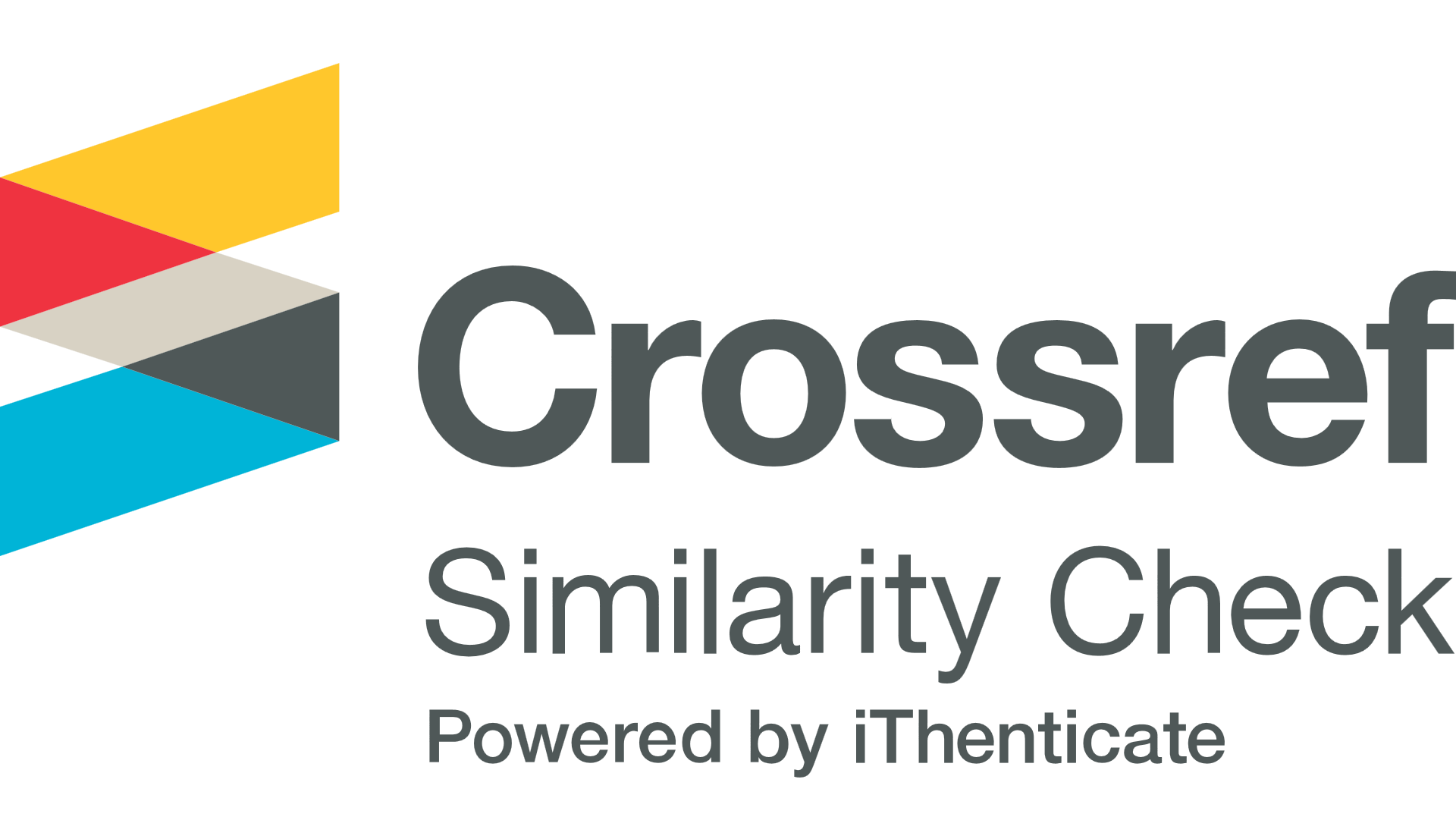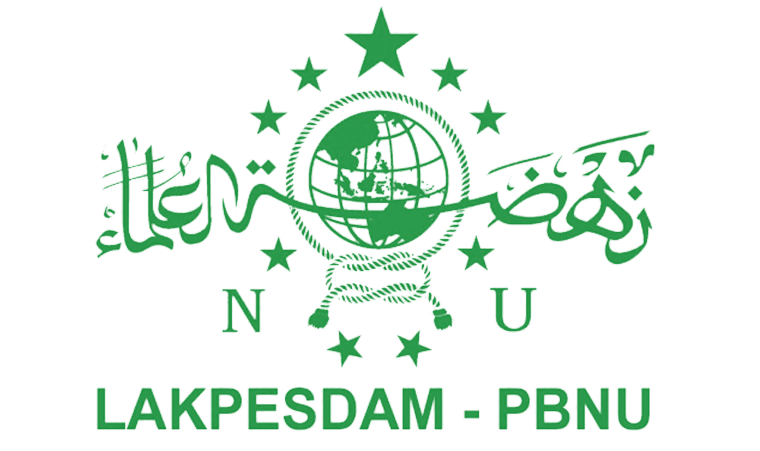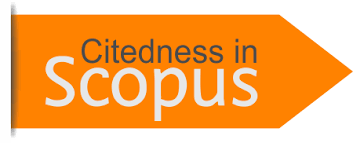DEVELOPMENT OF AN IDEAL ORGANIZATIONAL STRUCTURE MODEL FOR PRIVATE ISLAMIC HIGHER EDUCATION INSTITUTION: A CASE STUDY AT BHAKTI PERSADA ISLAMIC COLLEGE OF BANDUNG
DOI:
https://doi.org/10.31969/alq.v31i1.1640Keywords:
Higher Education, Management, Organizational Structure, PTKIS, STAI Bhakti PersadaAbstract
This study is motivated by high expectations and government recognition of the strategic role of Private Islamic Higher Education Institutions (PTKIS), which have not been supported by an optimal organizational structure, particularly at Bhakti Persada Islamic College of Bandung (STAI Bhaper). The lack of adaptive organizational structure hinders the effectiveness of governance and the achievement of institutional goals. This research aims to formulate an ideal organizational structure model which aligns with the dynamic needs of PTKIS and the current regulations. This study employs a qualitative approach, utilizing a case study method, and draws on Henry Mintzberg’s organizational theory, as well as foundation and PTKIS regulations. Data were collected through document analysis, in-depth interviews, and participatory observation. Then, data were analyzed using Albert Humphrey’s SWOT model and validated with Lincoln and Guba’s trustworthiness criteria. The results of the study show that the current organizational structure tends to be bureaucratic with rigid work standards and strict supervision, but has the potential to transform into a more flexible professional organization. The main strength is in the leadership’s commitment and compliance with regulations, while the weakness is in the suboptimal coordination and limited resources. Digitalization and governance reform become strategic opportunities, while internal resistance emerges as the main challenge. This study recommends the implementation of a professional organizational model centered on strengthening managerial capacity, administrative digitalization, and competency-based coordination, which is expected to enhance the governance of STAI Bhakti Persada and become a trademark for other Private Islamic Higher Institutions (PTKIS).
References
Akreditasi, M., & Tinggi, B. A. N. P. 2019. Kebijakan Instrumen Akreditasi BAN-PT dan LAM Berbasis SN Dikti.
Al Mighwar, M. 2021. Penyusunan Dan Penyesuaian Statuta Perguruan Tinggi Keagamaan Islam Swasta (PTKIS). Al-Afkar, Journal For Islamic Studies, 31–41.
Al Mighwar, M., Sanusi, A., Wasliman, I., & Hanafiah, N. 2021. The Leadership of KH Imam Zarkasyi in Managing of Boarding School Darussalam Gontor. IJO-International Journal of Educational Research (ISSN: 2805-413X), 4(03), 14–25.
Alexander, A. P. 2019. Lincoln and Guba’s quality criteria for trustworthiness. IDC International Journal, 6(4), 1–6.
Amin, M. E. K., Nørgaard, L. S., Cavaco, A. M., Witry, M. J., Hillman, L., Cernasev, A., & Desselle, S. P. 2020. Establishing trustworthiness and authenticity in qualitative pharmacy research. Research in Social and Administrative Pharmacy, 16(10), 1472–1482.
ASSEFA, W. 2021. THE EFFECT OF ORGANIZATIONAL CULTURE ON EMPLOYEES PERFORMANCE: THE CASE OF ETHIOPIAN ROADS AUTHORITY. ST. MARY’S UNIVERSITY.
Enworo, O. C. 2023. Application of Guba and Lincoln’s parallel criteria to assess trustworthiness of qualitative research on indigenous social protection systems. Qualitative Research Journal, 23(4), 372–384.
et al, M. A. B. 2021. SWOT Analysis Applications: An Integrative Literature Review. Journal of Global Business Insights, 6(1). Retrieved from https://digitalcommons.usf.edu/globe/vol6/iss1/5/
Handoko, D. 2019. Lembaran dan Berita Negara mengenai Pendidikan Tinggi. Hawa dan AHWA.
Hansefri, E., & Kristanto, H. 2019. PENGEMBANGAN ORGANISASI SEKOLAH TINGGI TEOLOGI EL-SHADDAY. NCAB.
Hasanah, U., & SZ, Z. F. 2023. The Philosophical Analysis of the Future of Islamic Higher Education in Indonesia-Malaysia Facing Megatrend 2045. Al-Fikrah: Jurnal Manajemen Pendidikan, 11(1), 174–186.
Ikhwan, A. 2014. Model Organisasi Ideal Bagi Perguruan Tinggi Islam di Indonesia. EDUKASI: Jurnal Pendidikan Islam, 2(1), 28–38.
Indonesia, M. A. K. T., & Indonesia, T. A. K. T. (n.d.). STANDAR TATA PAMONG DAN TATA KELOLA.
Indonesia, P. R. 2012. Undang-Undang Nomor 12 Tahun 2012 tentang Pendidikan Tinggi. Jakarta (ID): Sekretariat Negara.
Indonesia, R. 2013. Peraturan Pemerintah Nomor 2 Tahun 2013 tentang Perubahan Atas Peraturan Pemerintah Republik Indonesia Nomor 63 Tahun 2008 tentang Pelaksanaan Undang-Undang tentang Yayasan. Lembaran Negara Republik Indonesia Tahun.
Islam, U., Imam, N., Padang, B., & Aswirna, P. 2022. Grand Design PTKI-050822, (August).
Kosasih, E., Al Mighwar, M., Harun, M., Syaie, A. N. K., & Dorloh, S. 2024. Bhineka Tunggal Ika and Hasbi ash-Shiddieqy’s Indonesian Moderate Fiqh. TSAQAFAH, 20(2), 379–414.
Mintzberg, H. 2023. Understanding organizations... Finally!: Structuring in sevens. Berrett-Koehler Publishers.
Muliadi, M., & Baharuddin, A. Z. 2021. THE PATTERN OF STUDENTS’CHARACTER COACHING IN ANTICIPATING INTOLERANCE BELIEF IN ISLAMIC RELIGIOUS UNIVERSITIES IN SULAWESI BARAT. Al-Qalam, 27(2), 303–324.
Muljawan, A. 2019. Struktur Organisasi Perguruan Tinggi yang Sehat dan Efisien. Jurnal Tahdzibi: Manajemen Pendidikan Islam, 4(2), 67–76.
Mustakim, Z. 2022. Manajemen Perguruan Tinggi Keagamaan Islam: Urgensi Kepemimpinan Interharmoni di Era Disrupsi. Penerbit NEM.
NABILA, D. Z. 2018. AKIBAT HUKUM PEMBERLAKUAN UNDANG-UNDANG NOMOR 28 TAHUN 2004 TENTANG PERUBAHAN UNDANG-UNDANG NOMOR 16 TAHUN 2001 TENTANG YAYASAN TERHADAP STATUS YAYASAN PONPRES AL-QUR’AN QUROATUSSAB’AH KUDANG, GARUT. Fakultas Hukum Universitas Pasundan.
Nomor, P. P. (4AD). Tahun 2014 tentang Penyelenggaraan Pendidikan Tinggi dan Pengelolaan Perguruan Tinggi.
Pemerintah, P. (n.d.). Nomor 46 Tahun 2019 Tentang Pendidikan Tinggi Keagamaan: https://peraturan. bpk. go. id/Home. Details/111894/Pp-No-46-Tahun-2019.
Rahman, K., & Fanani, A. A. 2023. ACADEMIC ENTREPRENEUR DEVELOPMENT (MANAGEMENT PTKIS PERSPECTIVE). In PROCEEDING OF INTERNATIONAL CONFERENCE ON EDUCATION, SOCIETY AND HUMANITY (Vol. 1, pp. 912–924).
Ramdhan, D. F., & Siregar, H. S. 2019. Manajemen Mutu Perguruan Tinggi Keagamaan Islam Swasta (PTKIS). Jurnal Perspektif, 3(1), 75–109.
Rashid, Y., Rashid, A., Warraich, M. A., Sabir, S. S., & Waseem, A. 2019. Case study method: A step-by-step guide for business researchers. International Journal of Qualitative Methods, 18, 1609406919862424.
Rubiarko, P., Wasliman, I., Sauri, S., & Mulyanto, A. 2023. Educational Management Millennial Leadership Characters in Increasing the Competitiveness of Higher Education at STAI Al-Falah and STAI Bakti Persada. Tec Empresarial, 18(2), 985–1005.
Suryaningsum, S. 2008. Perspektif Struktur Organisasi (Tinjauan Sebagai Pengubah Perilaku). Jurnal Pendidikan Akuntansi Indonesia, 6(1), 63–74.
Tarmizi, T. 2019. Desain Organisasi Dalam Pengembangan Struktur Organisasi Perguruan Tinggi Di Era IndustrI 4.0. Jurnal Tahdzibi: Manajemen Pendidikan Islam, 4(1), 1–14.
Warits, A. 2015. Strategi pengembangan mutu perguruan tinggi keagamaan Islam berbasis pesantren: Studi multikasus pada Institut Ilmu Keislaman Annuqayah dan Institut Dirosat Islamiyah Al-Amien Kabupaten Sumenep Madura. Universitas Islam Negeri Maulana Malik Ibrahim.
Waseem, M., Saeed, T., & Iqbal, S. 2024. Unlocking Project Success through Benefits management: A Mediation Model of Team Cohesion and Effective Communication. International Journal of Business and Management Sciences, 5(4), 165–185.
Yin, R. K. 2017. Case study research and applications: Design and methods. Sage publications.
Additional Files
Published
Issue
Section
License
Copyright (c) 2025 Muhammad Al Mighwar, Iman Supratman, Agus Gunawan, Mohd Kasturi Nor bin Abd Aziz, Akhmad Najibul Khairi Syaie

This work is licensed under a Creative Commons Attribution-NonCommercial-ShareAlike 4.0 International License.
Authors who publish with this journal agree to the following terms:
- Authors retain copyright and grant the journal right of first publication with the work simultaneously licensed under Creative Commons Attribution-NonCommercial-ShareAlike 4.0 International License that allows others to share the work with an acknowledgement of the work's authorship and initial publication in this journal.
- Authors are able to enter into separate, additional contractual arrangements for the non-exclusive distribution of the journal's published version of the work (e.g., post it to an institutional repository or publish it in a book), with an acknowledgment of its initial publication in this journal.
- Authors are permitted and encouraged to post their work online (e.g., in institutional repositories or on their website) prior to and during the submission process, as it can lead to productive exchanges, as well as earlier and greater citation of published work (See The Effect of Open Access).















